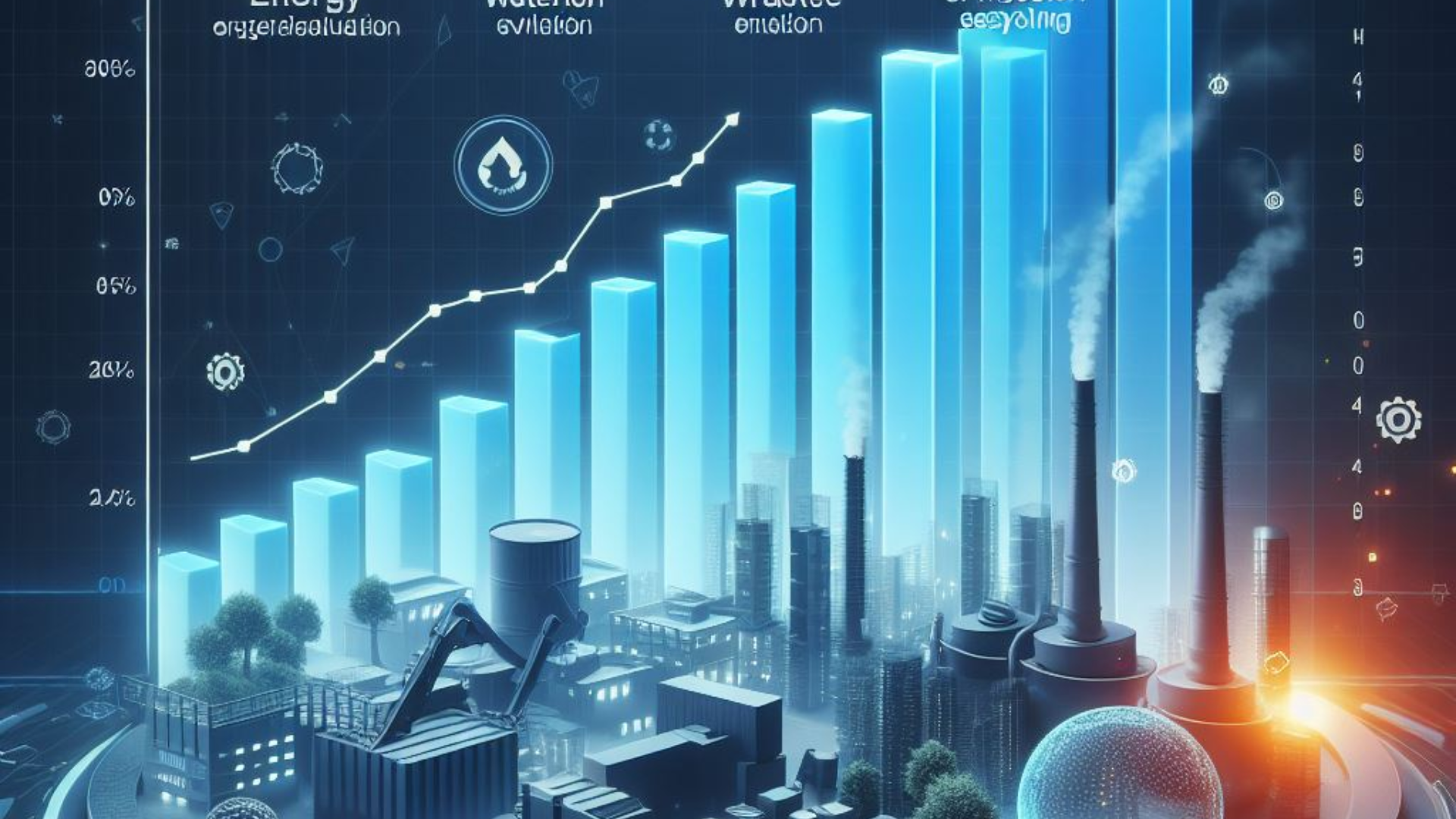Sustainability Software for ESG: A 2025 Must-Have
Introduction:
In today’s fast-changing world, businesses are facing more pressure to meet environmental, social, and governance (ESG) standards. Investors, customers, and other stakeholders now expect companies to be open, responsible, and actively working toward sustainability. At the same time, governments and industry groups are introducing tougher rules around ESG compliance. This makes it crucial for organizations to keep track of, manage, and report their ESG performance accurately.
What is ESG :
Environmental: It means how a company affects the natural world and what it does to manage or reduce that impact. This includes things like how much pollution or carbon it creates, how it deals with climate change, whether it uses harmful chemicals in its products, and how it works to be more environmentally friendly in the way it runs its business and gets its supplies.
Social: It examines how a company treats people and contributes to society, including how it manages relationships with employees, customers, suppliers, communities, and other stakeholders. It also addresses issues such as racial and gender equality, fair treatment in the workplace, and initiatives that promote inclusion and diversity.
Governance: In ESG (Environmental, Social, and Governance) refers to how a company is run and led. It looks at how leadership makes decisions and encourages positive changes. This includes things like how much top executives are paid, how well the company respects the rights of its shareholders, and whether there are proper checks in place to keep things transparent and honest.
Environmental, Social, and Governance Factors in Business:

Benefits of Sustainability Software for ESG Compliance:
- Data Accuracy and Integrity
One of the biggest challenges in ESG reporting is making sure the data is accurate and reliable. When data is tracked manually, it can often be inconsistent or contain mistakes, which can hurt the organization’s credibility. Sustainability software helps solve this problem by collecting data in a clear and organized way. It also includes features that check for errors and make sure the information is correct and easy to review.
- Centralized ESG Reporting
A centralized dashboard allows businesses to monitor ESG performance across all operations in real-time. Whether it’s tracking energy consumption, monitoring diversity metrics, or assessing supplier risks, sustainability platforms give a unified view that facilitates informed decision-making.
- Regulatory Compliance
Rules and regulations are always changing, and keeping up can be difficult. Top sustainability software makes this easier by including built-in tools that follow major global standards like GRI, SASB,, TCFD, and CSRD. This helps companies stay up to date and meet the latest legal and industry requirements for environmental, social, and governance (ESG) reporting.
- Efficiency and Cost Savings
Automating ESG data management reduces the administrative burden on teams and eliminates redundancies. What previously took weeks in spreadsheets and emails can now be done in a few clicks saving time and reducing labor costs.
- Improved Stakeholder Communication
Investors, customers, and employees are asking for more transparency about a company’s environmental, social, and governance (ESG) efforts. Sustainability software helps by creating clear, customizable reports and dashboards that make it easier to share progress with others. This builds trust and strengthens the company’s reputation.
- Risk Mitigation and Strategic Planning
When businesses have a clear understanding of ESG (Environmental, Social, and Governance) risks like the effects of climate change, damage to reputation, or problems in the supply chain they can tackle these issues early and include ESG in their overall planning. Many tools now offer predictive analytics, which help companies explore different future scenarios and plan for long-term sustainability.
Why companies require sustainability software to meet ESG compliance requirements:
1. Automated ESG Reporting
Sustainability software automates the collection, analysis, and reporting of ESG data.
ESG frameworks often require detailed, standardized reports. Software helps businesses generate accurate, timely reports with less manual effort, reducing errors and saving time.
2. Regulatory Compliance
It helps businesses follow local and international ESG (Environmental, Social, and Governance) rules.As these rules change over time, keeping up can be difficult. Sustainability software keeps track of these changes and makes sure your business stays up to date, helping you avoid fines or damage to your reputation.
3. Data Centralization and Accuracy
ESG data comes from many departments like HR, operations, and finance. A software platform brings all this information together in one place. This makes the data more accurate, easier to see and understand, and simpler to check or audit.
4. Improved Risk Management
The software helps spot and deal with ESG (Environmental, Social, and Governance) risks early. It can point out problems like environmental damage, social concerns, or weak governance before they become serious, allowing businesses to take action and avoid financial or reputational harm.
5. Stakeholder Transparency
It improves communication with investors, customers, and regulators. People want clear and honest information about a company’s sustainability efforts. ESG software helps businesses share real-time data and show that they are serious about ethical practices and meeting sustainability goals.
6. Performance Tracking and Goal Setting
It keeps track of progress on environmental, social, and governance (ESG) efforts and helps with planning. Businesses can set goals like cutting down emissions or increasing diversity and use dashboards and reports to monitor how they are doing. This supports ongoing improvement and helps them reach their long-term sustainability goals.
Future Trends in ESG and Sustainability Software:
1.Advanced Data Integration and Real-Time Monitoring:
ESG software will start using many different types of data from IoT sensors to satellite images so it can track environmental and social information in real time, making reports more accurate and up-to-date.
2. AI and Machine Learning for Analytics:
AI-powered tools will predict ESG risks and opportunities, helping organizations proactively manage sustainability impacts and comply with evolving regulations.
3. Enhanced Regulatory Compliance and Standardization:
Software will improve to match global ESG standards like SASB, TCFD, and CSRD. It will automate compliance and make reporting easier and more consistent across different countries.
4. Greater Focus on Social and Governance Metrics
Beyond environmental data, software will improve measurement and management of social factors (like labor practices, diversity) and governance issues, reflecting growing stakeholder demand.
5. Integration with Financial and Risk Management Systems
ESG tools will be embedded more deeply into enterprise resource planning (ERP) and risk management platforms, linking sustainability performance directly to financial outcomes and strategic decision-making.
Top 5 criteria for selecting the best Sustainability Software:

Conclusion:
Today environmental, social, and governance (ESG) factors are not optional they are essential. That’s why sustainability software has become an important tool for businesses. It helps companies easily track, manage, and report their ESG data accurately and clearly. This not only helps meet legal requirements but also builds trust with investors, customers, and other stakeholders. By using this software, businesses can stay compliant, reduce risks, find new opportunities, and plan for the future. In short, investing in sustainability software is a smart move that supports responsible, long-term success.




